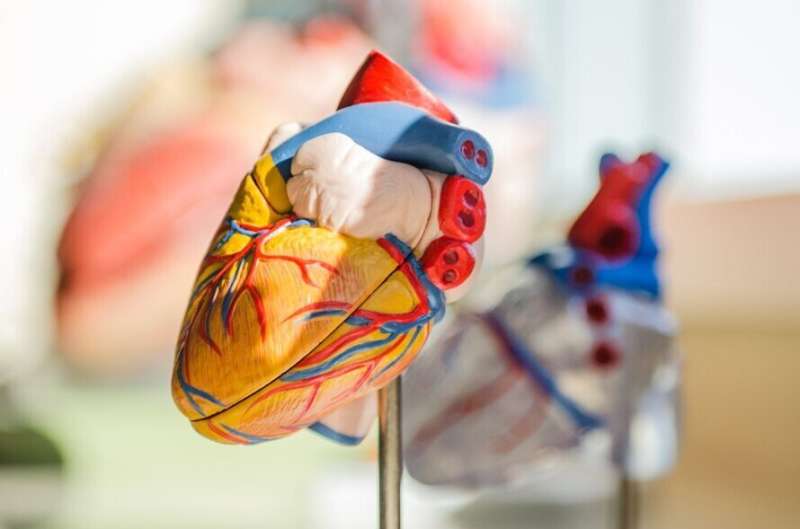
Treatments for pulmonary arterial hypertension (PAH)—a type of high blood pressure that affects arteries in the lungs and in the heart—have improved significantly over the past 15 to 20 years and researchers at the University of Cincinnati have been at the forefront of those improvements.
The result of a series of studies UC researchers were part of have allowed new medications to come to market for patients with PAH.
“Pulmonary arterial hypertension is a severe and life-limiting vascular disease and initially the only therapy for this condition was a continuous IV infusion,” says Jean Elwing, MD, in the Department of Pulmonary, Critical Care and Sleep Medicine at the UC College of Medicine. “Since 2007, there were several studies which the UC pulmonary hypertension program was actively involved in to evaluate an oral form of prostacyclin,” she said, referring to a drug that inhibits platelet activation and is also an effective vasodilator that opens or dilates blood vessels. “These studies allowed this medication to become [Food and Drug Administration] approved for use in our patients.”
One of the patients Elwing has been working with since 2007 is Gary Hammond, 70, of Cincinnati. He developed PAH toward the end of 2004 and beginning of 2005.
“When this patient was initially diagnosed, his symptoms were very severe,” says Elwing. “The most effective option at that time was continuous IV therapy for the severity of pulmonary hypertension that he was experiencing. He was subsequently changed to subcutaneous medication because at that time it was a better delivery system for him.”
Hammond describes the continuous IV therapy as an “ordeal.”
“You have to stick a needle in your abdomen, and that needle site would last maybe two weeks. Then you would have to take it out and replace it. And the medicine is a very potent vasodilator so wherever you stick it in, you get a bruise. It gets very painful,” Hammond says. “I had plastic bags I had to put the pump in to take a shower. You roll over in bed, you had to take the pump with you. You have to be careful not to pull it out. I pulled it out several times in my sleep.”
Elwing says one of the first studies her team was part of was called Freedom M, which examined prostacyclin as a monotherapy, or the use of a single drug to treat a disease or condition. The subsequent Freedom C study examined prostacyclin in combination with other PAH therapies. Later, Elwing and her team participated in the Freedom EV study, which is long-term research looking at the change in disease progression in patients on prostacyclin. Data from that study was presented by Elwing at the American College of Chest Physicians international conference in mid-October.
Elwing says several factors contribute to her passion for researching PAH. One is the science and physiology of the disease, which she describes as complex and delicate and very challenging to manage.
“Secondly, you’ve taken a disease that in the 1990s was a death sentence and now you’ve made it a condition we can live with,” Elwing says. “That has been extremely fascinating, amazing to work through and be part of developing the drugs that made it happen.”
Another key component of her passion for fighting this disease is the PAH patients.
“You get to know these people. You get to help them through many life events while you’re managing their disease so they can experience those moments,” Elwing says. “You want them to experience the birth of their grandchild, their daughter going to high school, their kid finishing grade school, and we couldn’t do this without these medications.”
Patient Hammond is thankful for the medications as well as the health care providers who have helped him along the way.
Source: Read Full Article
